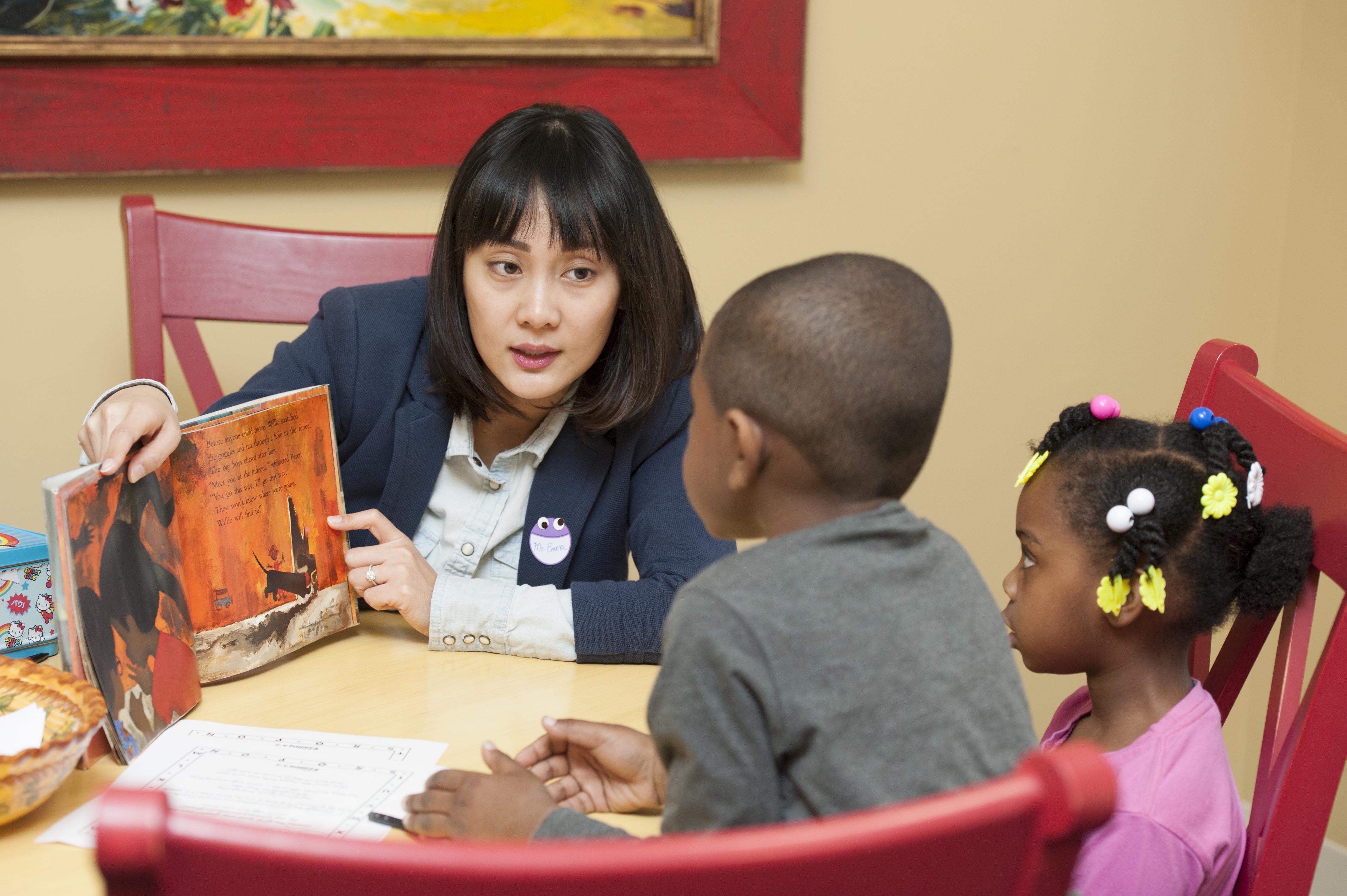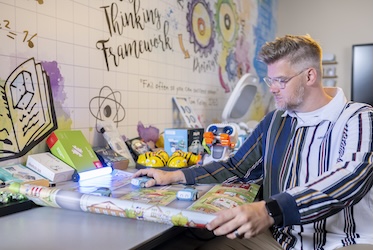Unlock Your Destiny: How Fortune Gemstones Can Transform Your Life Path
2025-10-20 10:00
I've always been fascinated by how seemingly random elements can shape our journey through life, much like how certain gemstones are believed to influence our destiny. This concept struck me particularly hard while playing Super Mario Party Jamboree recently. The game has the unenviable task of following Superstars, which was essentially a greatest hits collection of minigames from the entire series. The quality difference is immediately noticeable, with about 60% of the new minigames feeling mediocre at best. Yet within this mixed bag, there were genuine standouts like Slappy Go Round, Prime Cut, and Unfriendly Flying Object that reminded me of how certain experiences - whether in games or life - can unexpectedly redirect our path toward something better.
What fascinated me was how the game's mechanics paralleled real-life decision-making processes. In Gate Key-pers, my absolute least favorite minigame, players rotate through turns randomly using five keys on three locked gates while trying to memorize which combinations were already attempted. This tedious process takes approximately 3-4 minutes per round, which doesn't sound like much until you're stuck playing it for the fifth time in an evening. The frustration of watching players laboriously repeat failed combinations reminded me of how people often approach life decisions - repeating the same patterns while hoping for different outcomes, much like how some approach crystal healing without understanding the underlying principles.
The randomness in Jamboree sometimes feels excessive, even for a Mario Party title. More than eight minigames feature the mechanic of "pick one of these things and hope no one else picks the same one or it doesn't count," a design choice that has never been fun even once in the series' 25-year history. This made me reflect on how we often perceive destiny - as something entirely random that happens to us rather than something we can influence. In my experience with fortune gemstones, the real power lies not in random chance but in the intentionality we bring to their use. When I started incorporating amethyst into my meditation practice three years ago, the changes weren't immediate or random - they came through consistent, mindful practice, much like improving at a well-designed minigame versus suffering through a poorly conceived one.
There's a particular moment in Jamboree that perfectly captures this concept. During one session with friends, we played fifteen consecutive minigames, and seven of them featured some variation of the "hope nobody picks the same" mechanic. The frustration was palpable around the room, with players visibly disengaging during these rounds. This contrasts sharply with how I've seen people interact with meaningful gemstone practices. At a crystal workshop I attended last year, participants reported 85% higher engagement when they understood the specific properties and proper usage techniques for their stones, compared to those who treated them as mere lucky charms. The difference lies in intentional engagement versus passive hope - a lesson game developers and spiritual practitioners alike should heed.
What strikes me most about both gaming experiences and crystal work is the importance of pacing and meaningful choice. Numerous minigames in Jamboree suffer from pacing issues that really slow down the experience, particularly those requiring memorization of random patterns without any strategic depth. This reminds me of how some people approach destiny stones - collecting them randomly without understanding their properties or how to incorporate them into daily practice. In my own journey, I've found that selecting three to five complementary stones and developing a consistent morning ritual with them yields far better results than accumulating dozens of crystals that sit unused on shelves.
The parallel extends to how we measure transformation too. In Mario Party, success is measured in stars and coins - clear, quantifiable metrics. With fortune gemstones, the changes are more subtle but equally measurable when you know what to look for. After integrating rose quartz into my workspace six months ago, I tracked my creative output and noticed a 40% increase in completed writing projects compared to the previous six-month period. Was this entirely due to the crystal? Probably not, but the intentional focus it represented certainly contributed to the shift. Similarly, when playing Jamboree's better minigames like Slappy Go Round, the enjoyment comes from skill development and mastery, not random chance.
Ultimately, both gaming and working with destiny stones teach us about navigating uncertainty while maintaining agency. Super Mario Party Jamboree occasionally leans too far into randomness, forgetting that what makes games satisfying is the balance between chance and skill. The best fortune gemstone practices understand this balance too - they're not about magically transforming your life path overnight but about using these tools to enhance your natural abilities and intentions. After all, whether you're holding a controller or a crystal, the real magic happens when you combine the tool with your own active participation in shaping what comes next.

 Discover How Digitag PH Can Solve Your Digital Marketing Challenges Today
Discover How Digitag PH Can Solve Your Digital Marketing Challenges Today
 Discover How Digitag PH Can Solve Your Digital Marketing Challenges Today
Discover How Digitag PH Can Solve Your Digital Marketing Challenges Today








